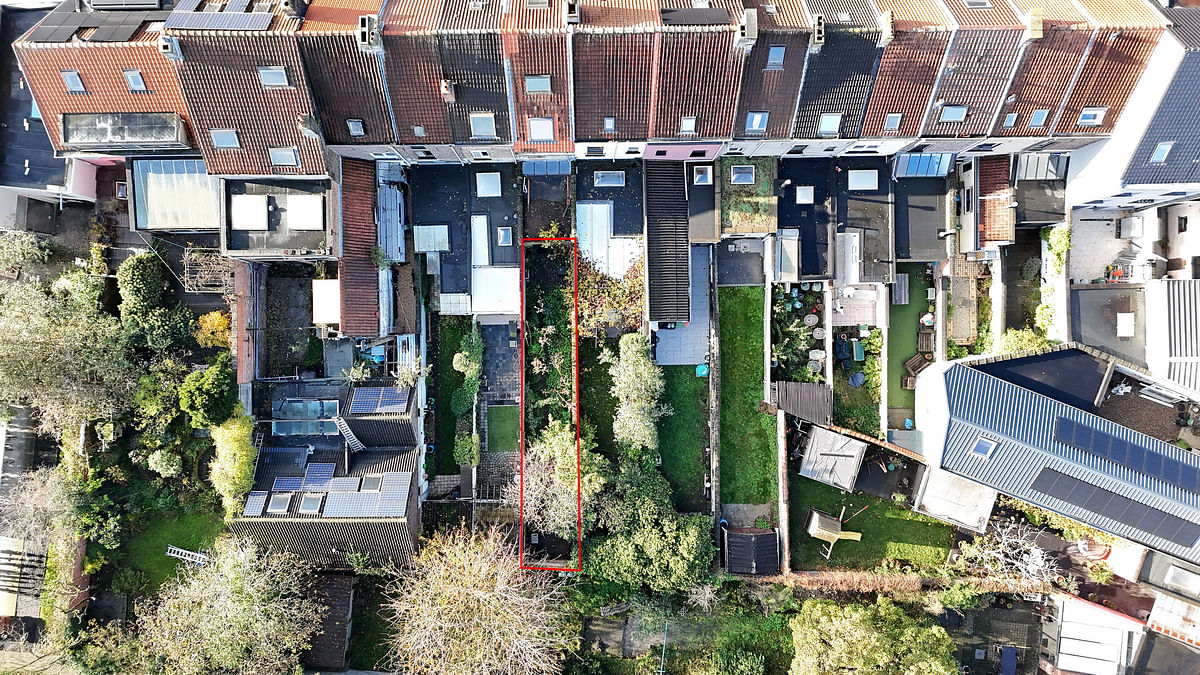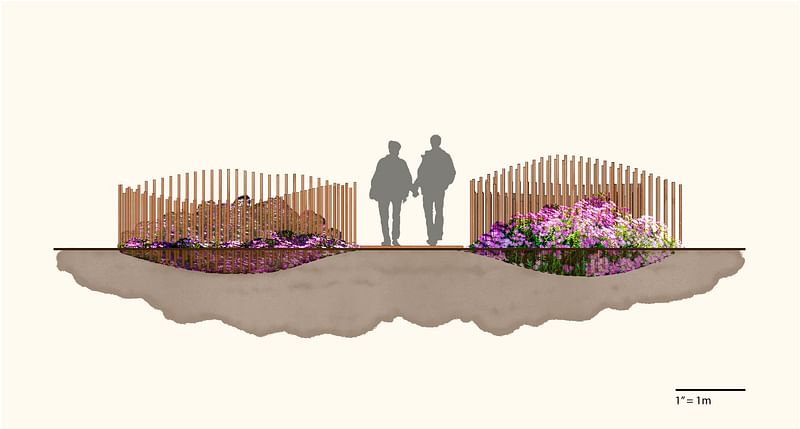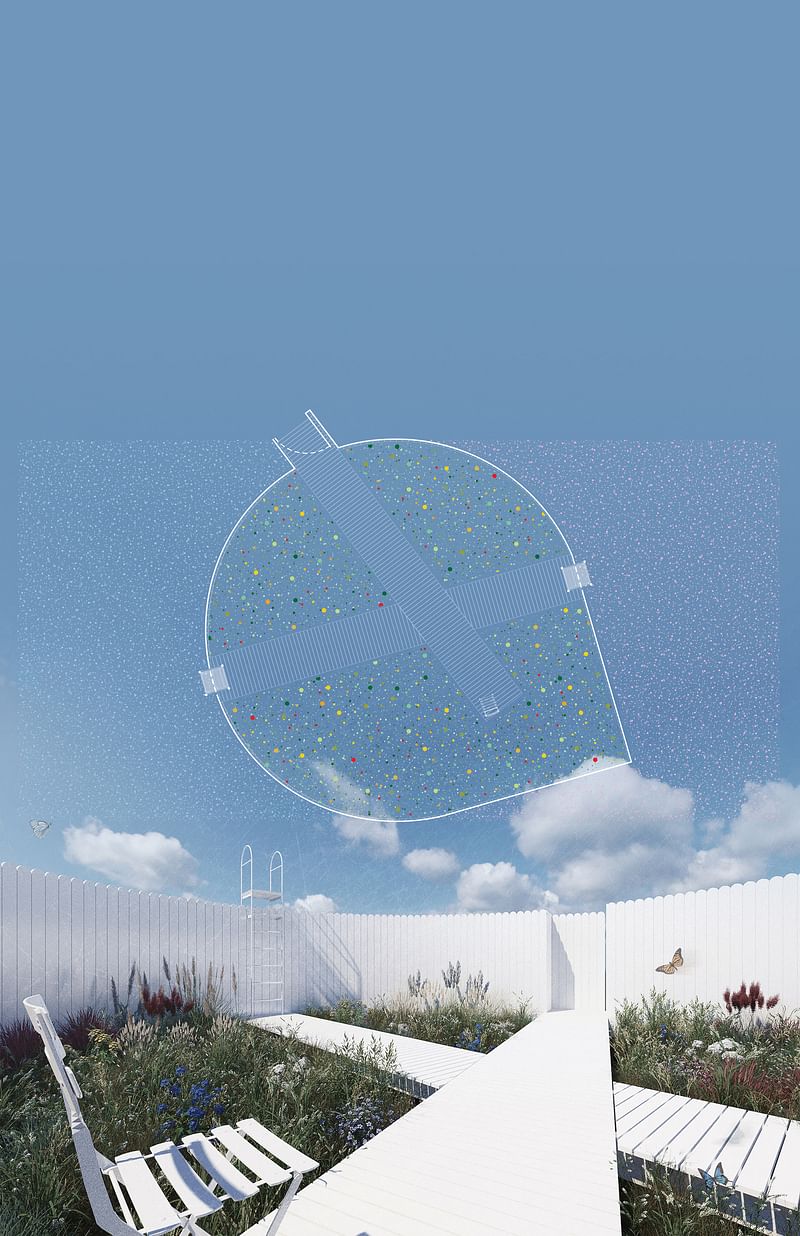Check out the four designs selected for the 25th International Garden Festival
By Josh Niland|
Monday, Feb 26, 2024

Related
A quartet of new landscape projects has been selected as the winners for the 25th International Garden Festival, which takes place in Grand-Métis, Quebec, from June 22nd until October 6th this year.
For the special anniversary, designers responded to the theme ‘Ecology of Possibility’ put forth by Artistic Director Ève De Garie-Lamanque in order to stimulate a reimagining of the future garden design. This year's contest received a total of 216 submissions from 30 different countries. De Garie-Lamanque was joined by Jérôme Lapierre Architecte founder Jérôme Lapierre and four others on the six-member judging panel. The four winners selected for the 2024 competition can be viewed below.
FUTURE DRIFTS
by Julia Lines Wilson (United States)


Project excerpt: "In the first year of the International Garden Festival, priority plant species were identified for habitat protection in the St. Lawrence Vision 2000 Action Plan. One of the species was the Anticosti Aster, a cross between New York and Rush Asters. 25 years later, despite habitat protection, the Anticosti and Rush Asters remain endangered species. This garden is posed as a question on the past and future. If New York and Rush Asters crossed again, what would that look like? What possible futures can be sown by these species’ interactions?"
Couleur Nature
by Vanderveken, Architecture + Paysage (Canada)


Project excerpt: "Couleur Nature is a curious study into the roles gardens play in our society, comparing the great swaths of utilitarian lawn and our individual leisure devices (with poor social and ecological indicators) with contemplative gardens (with high reflexive and ecological indicators). The installation does not attempt to compare nature with culture, nor the natural with the artificial, but rather strives to juxtapose the two visions of the garden. It demonstrates the absurdity of a dominant mono-culture which, in general terms, has no use apart from simply enabling humans to experience satisfaction watering and mowing their lawn and filling their swimming pools on a perpetual cycle that contributes to the gradual decline of our biodiversity."
Rue Liereman / Organ Man Street (cover image)
by Pioniersplanters (Belgium)

Project excerpt: "In such a densely populated and urbanized area such as Flanders, the fraction of land occupied by domestic or private gardens (of which there are approximately 2 million) is estimated to be 12%. That’s four times the total surface area of natural areas in the region. As such, as long as they are designed and maintained naturally, domestic gardens have the potential to help reduce the effects of climate change and halt the impoverishment of biodiversity, encouraging people to reconnect with nature."
Superstrata
by mat-on (Italy)


Project excerpt: "This year’s theme is explored through the lens of the rhizomatic system, emphasizing the intrinsic value and interconnectedness of life forms and ecosystems. Using a geological map as a metaphor, the garden proposal illustrates the tension between nature’s freedom and humanity’s inclination to impose order. Learning from nature, the installation highlights the co-creation of landscapes by human and non-human entities, showcasing the dynamic, interconnected nature of their interactions."
Three projects — "Welcome, Yellow Bricks Garden" by Azzurra Brugiotti (Italy); "En Équilibre" by Sonia and Natalia Dacko (Spain); and "Aguas" by Jomarly Cruz Galarza and Virgen Berrios Torres (Puerto Rico) — were selected to receive Special Mention honors as well.
RELATED COMPETITION Call for Proposals | 25th International Garden Festival: The Ecology of Possibility

RELATED NEWS Explore five new featured projects showcased at the 24th International Garden Festival


Share
0 Comments
Comment as :